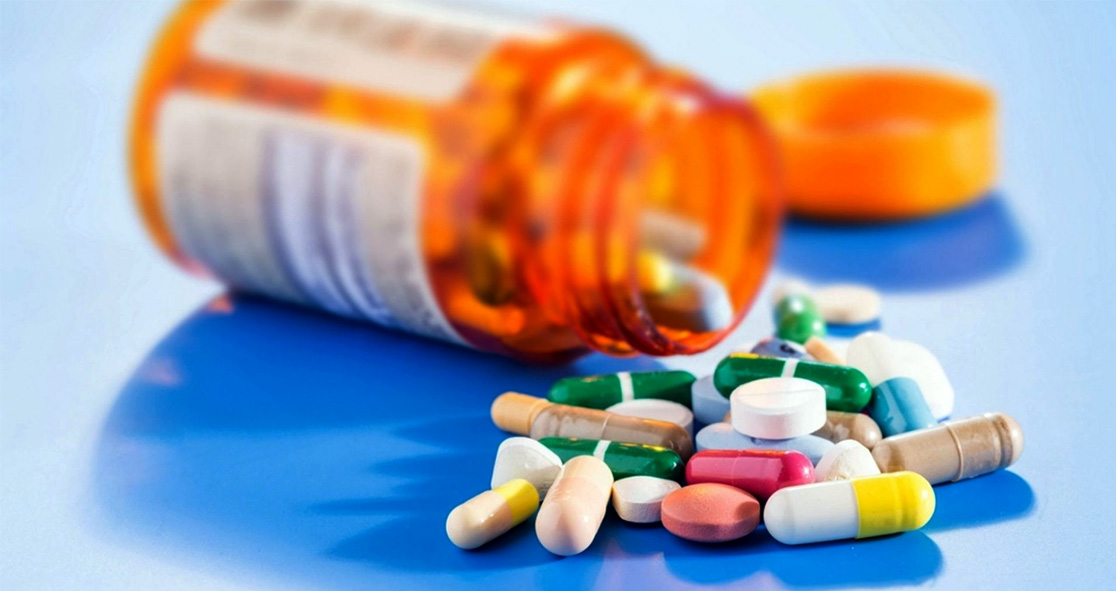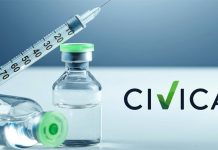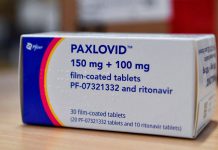The number of generic rare disease drugs approvals during the COVID pandemic has fallen precipitously, going down by 20% in 2020, according to Pharmaceutical Technology.
This is a significant blow to the global generic drugs market, which has already been suffering from high levels of unmet need.
Rare diseases are often characterized by having high levels of unmet need because of the limited number of patients creating only a small market, which results in exorbitantly priced drugs.
Before the COVID pandemic, generic rare disease drug approvals were on the rise. The number of approvals increased by 19% from 2017 to 2019. In 2019 alone, regulatory bodies approved 183 generic rare disease therapies.
However, in 2020, the pandemic disruption caused a significant drop in the number of generic rare disease approvals, dropping by 20% compared with 2019.
Many pharmaceutical companies started diverting their research on developing COVID therapies in order to combat the pandemic. This resulted in only 146 generic drugs for rare diseases being approved in 2020.
This reduction in generic rare disease drugs approval is especially significant given the overwhelming prices of these therapies.
For instance, Zokinvy (lonafarnib), a small molecule developed by California-based Eiger BioPharmaceuticals for the treatment of extremely rare Hutchinson-Gilford progeria syndrome, costs more than $1M a year.
Generic drugs provide some relief as they are significantly lower than the price of these high-priced brand drugs.
The industry has now returned its focus to rare diseases with a significant increase of 24% in generic drug approvals in 2021, bringing it close to the peak approvals in 2019.
The overall decline in the last two years due to the pandemic might have caused a serious impact on the rare disease market. It is expected that the number of generic drug approvals will continue to increase in the near future.
The Food and Drug Administration (FDA) and several pharmaceutical companies are working to boost drug development and approval for rare diseases.
In the U.S., there are over 7,000 rare diseases, and only about 5% to 6% of those diseases have FDA-approved treatments, according to Lucy Vereshchagina, Vice President at the Pharmaceutical Research and Manufacturers of America (PhRMA). There are a few challenges to meet the medical needs for rare diseases, such as small size clinical trials, delayed diagnoses, lack of data, and variability within diseases.























